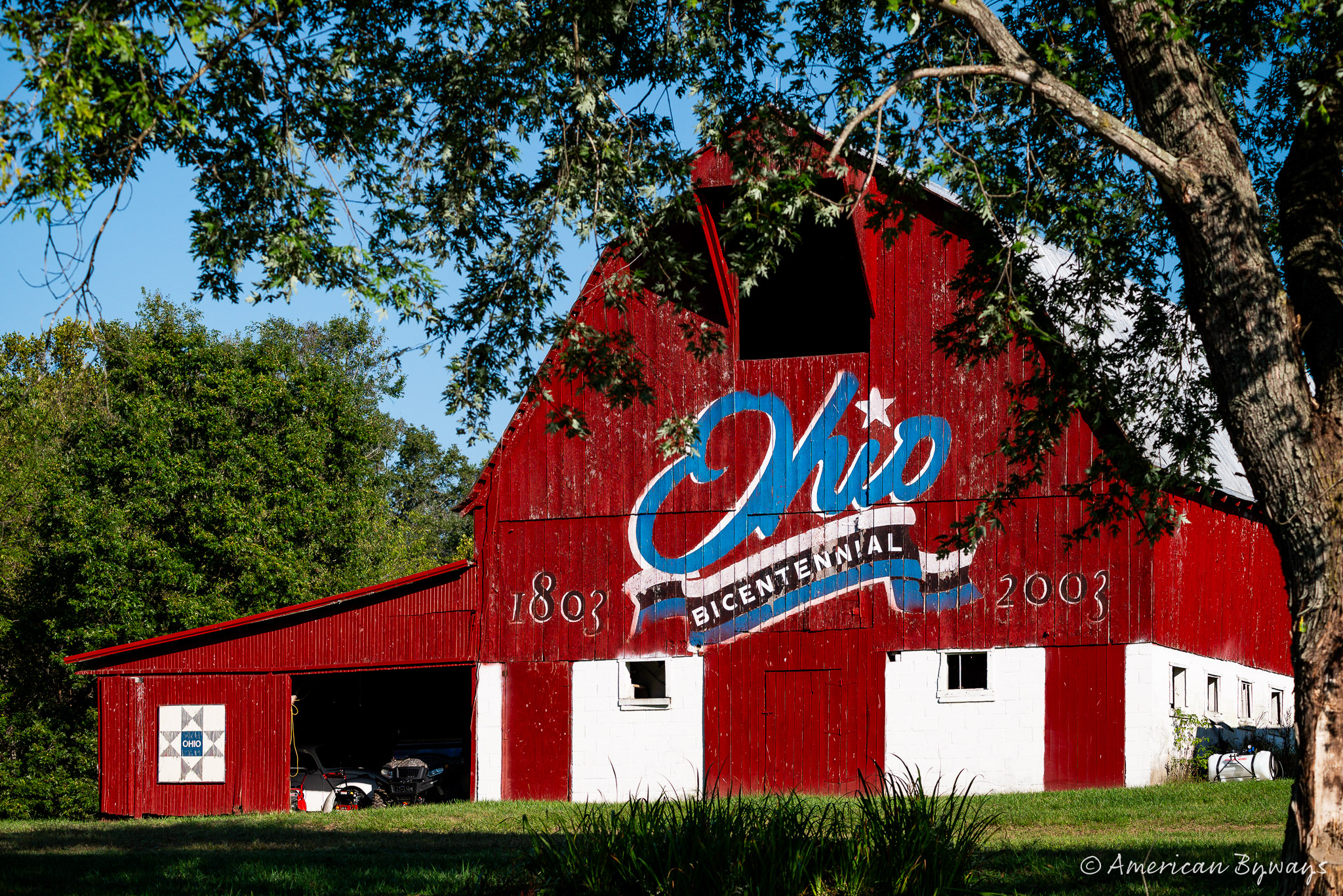
The Kentucky Horse Park in Lexington showcases a distinguished collection of equine sculptures that honor the profound bond between horses and humans. These artworks, placed throughout the park, celebrate the legacy of legendary racehorses and commemorate historical figures of the equine world.
The most iconic sculpture at the Kentucky Horse Park is the bronze statue of Man o’ War, created in 1948 by American artist Herbert Haseltine. Positioned near the park’s entrance, the statue honors the horse widely regarded as the greatest Thoroughbred of the 20th century. Foaled in 1917 at August Belmont’s Nursery Stud north of Lexington, Man o’ War won 20 of his 21 starts, his only loss coming to a horse fittingly named Upset. Following his retirement to Sam Riddle’s Faraway Farm, he became one of the nation’s leading sires, producing the Triple Crown winner War Admiral among many other notable offspring.
When Man o’ War died in 1948, he was buried beneath Haseltine’s statue at Faraway Farm. Nearly thirty years later, both the statue and the horse’s remains were relocated to the Kentucky Horse Park, where they continue to serve as the centerpiece of the park’s memorial landscape. Visitors often stop here first, where the horse’s resting place and sculpted likeness together represent Kentucky’s deep reverence for the animal that helped define its identity.
Haseltine, born in Rome in 1877, was educated at Harvard and trained in the fine arts in Munich and Paris. Known for his detailed and lifelike animal sculptures, he became one of the foremost equestrian artists of his era. His work on Man o’ War remains his most recognized piece.
Standing before the historic 1866 Salyer House, now the Kentucky Horse Park’s main office, is a commanding bronze sculpture of Secretariat, created in 2004 by artist Edwin Bogucki. The life-size monument captures the 1973 Triple Crown winner being led into the Kentucky Derby winner’s circle by his longtime groom, Eddie Sweat, with Ron Turcotte in the saddle. Weighing 1,500 pounds, the bronze serves as the focal point of Secretariat Plaza, honoring a horse whose record-shattering 31-length victory at the Belmont Stakes remains one of the most iconic moments in sports history.
Secretariat, foaled in 1970, was celebrated not only for his unprecedented speed but also for his calm demeanor and powerful physique. His dominance in the Triple Crown series made him a legend in racing and popular culture. Bogucki’s sculpture captures that rare blend of athleticism and grace, preserving in bronze the moment when horse, rider, and groom stood together in triumph.
Cast in bronze in 2018, the Sgt. Reckless monument at the Kentucky Horse Park honors one of the most remarkable horses in American military history. Purchased by U.S. Marines during the Korean War for just $250, the small Mongolian mare quickly proved her worth. During the Battle of Outpost Vegas in 1953, she made 51 trips in a single day, most of them alone, hauling nearly five tons of ammunition over 35 miles under enemy fire and carrying wounded soldiers back to safety. Even after being injured herself, she refused to stop. For her courage and devotion, Sgt. Reckless was promoted to Staff Sergeant and awarded two Purple Hearts and numerous military honors before she died in 1968.
The life-sized sculpture, created by Jocelyn Russell, captures the mare’s strength, endurance, and quiet determination. Known for her anatomical precision and lifelike bronze work, Russell brings to life the spirit of a horse whose loyalty and bravery transcended the battlefield. Standing among the park’s most poignant tributes, the statue of Sgt. Reckless reminds visitors that heroism often comes in unexpected forms and that courage knows no bounds.
The Bret Hanover bronze sculpture, created in 2002 by artist Luis Sanguino, honors one of the greatest pacing Standardbreds in harness racing history. Foaled in 1962 at Hanover Shoe Farms in Pennsylvania, Bret Hanover was the son of the famed sire Adios and the mare Brenna Hanover. Over his extraordinary career, he won 62 of 68 races and became one of only nine horses to capture the Triple Crown of Harness Racing for Pacers.
Upon retirement, Bret Hanover stood at stud at Castleton Farm in Lexington, where he became one of the most sought-after stallions in the country and later earned distinction as one of the premier broodmare sires of the century. After he died in 1992, he was laid to rest in the Champions Cemetery at the Kentucky Horse Park. The bronze that once stood outside Castleton Farm now marks his grave, a lasting tribute to a horse whose speed, consistency, and influence helped shape the legacy of Standardbred racing.
The sculpture, Phoenix, created in 1993 by renowned equine artist Patricia Crane, is installed at the side entrance of the International Museum of the Horse at the Kentucky Horse Park. The life-size bronze captures the essence of an American Saddlebred champion, “The Phoenix,” celebrated for his five-time world championship status in the five-gaited division.

Visitors can explore these sculptures and more by picking up an Equine Sculpture Walk guide at the Visitor Center or International Museum of the Horse, offering a self-guided tour through the park’s rich landscape at the Kentucky Horse Park.
Discover more from American Byways
Subscribe to get the latest posts sent to your email.















